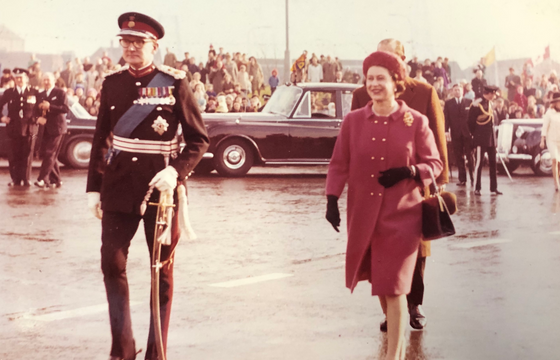This month we celebrated 55-years since HM The Queen opened the first Tyne Tunnel!
The Tyne Tunnels are an integral piece of the North East’s road network, which were brought to the region to establish a much-needed connection between north and south and to create regional growth through the A19.
When the first tunnel was opened in 1967, it carried just 4,000 vehicles per day.
By the 1980s, that had grown to 23,000, almost reaching capacity. The second tunnel was therefore commissioned to cope with the growing number of vehicles on the road and allow it to once again flow freely under the Tyne.
On a typical weekday there are now around 60,000 vehicles using the tunnel each day and over 140 members of staff who assist in the day-to-day running of the Tyne Tunnels.
Why do you pay a toll to use the Tyne Tunnels?
At the time of contract award to TT2 Limited in 2007, Government policy was for new estuarial crossings (such as the Tyne Tunnel) to be built under PFI-style contracts, with private sector investment to construct the new tunnel, and tolls in place to pay back the costs. The region’s leaders agreed to this model being used for the building of the second road tunnel and the refurbishment of the old tunnel. As a result, tolls continue to be charged and any decision to withdraw them in the future will be a decision of the North East Local Authorities.
Hence, the Tyne Tunnels are private roads that do not benefit from local authority or Government -funded maintenance, refurbishment or operational support.
As a private road it is vital that tolls continue to be collected to cover the costs to pay for the extensive operation, safety and maintenance of the tunnels. If not all those costs would have to be met by alternative means from central or local government.
Where does the toll money go?
The construction of both Tyne Tunnels was required by Government to be self-funded, through toll revenue, and so they are private roads that do not benefit from centrally-funded maintenance, refurbishment or operational support.
As a private road, it is vital that tolls continue to be collected to cover the costs to pay for the extensive operation, safety and maintenance of the tunnels.
The North East Joint Transport Committee, Tyne and Wear Sub Committee, sets the level of the toll, through a publicly accountable decision-making process. The maximum increase each year is limited by law. TT2 Limited, as the operator of the Tyne Tunnels is responsible for collecting the toll payments, then both the toll and any Pre-Paid balances are paid directly to the local authorities into a ring-fenced Tyne Tunnels account. The tolls are used by the local authorities to pay TT2 to operate the tunnels and to repay the debts incurred in the construction of the second tunnel.
The contract that was awarded to TT2 Limited in 2007 is now half-way through its 30-year term. At this point, TT2 still owes the lenders that funded the construction of the second tunnel around £240m. The local authorities also have borrowings relating to the tunnel construction which must be repaid from toll money.
